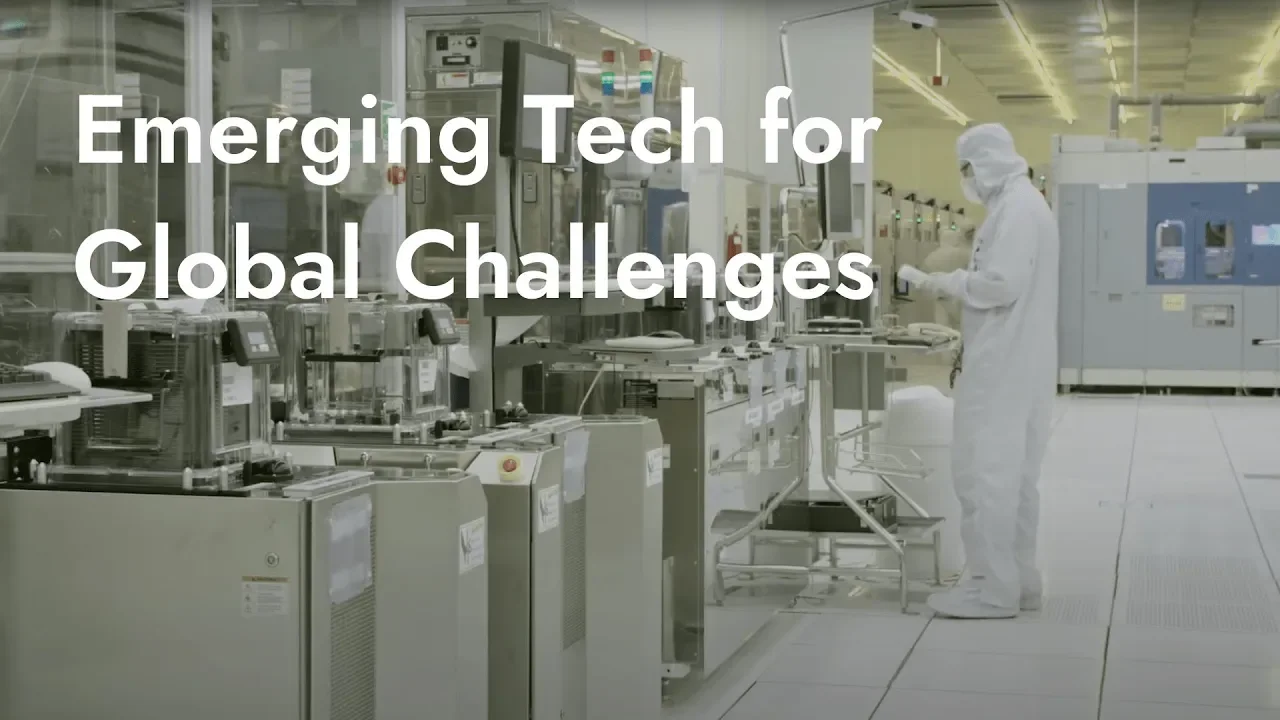As space exploration advances, the utilization of orbital resources is poised to become a new frontier of economic opportunity. This anticipatory briefing explored the potential developments in exploiting space-based resources over the next five, 10, and 25 years. The speaker, a developer of materials for extreme environments, is pioneering advances in creating durable materials that can withstand harsh conditions, particularly for space exploration. Her work focuses on using the unique environment of space to improve material quality, accelerate innovation, and explore new possibilities for industry, technology, and science. This report presents insights on the future of space-based material development and the potential impacts of these technologies. The following is the rapporteur report of an expert discussion held during the 2024 GESDA Summit. The author is a Villars Fellow.
Ideas from the Speaker
The speaker presented a forward-looking vision of how space can revolutionize the development of materials, particularly by leveraging the advantages of microgravity and vacuum environments.
The Role of Microgravity in Material Development
In her introduction, the speaker explained that we are currently in the “silicon age,” a revolution driven by semiconductor technology, which largely depends on vacuum processes. However, space offers new opportunities for creating materials that surpass current limitations. Microgravity suppresses sedimentation and buoyancy, conditions that affect the growth of materials on Earth. In space, materials do not require containers, reducing contamination and defects, leading to higher-grade products.
Technological Developments in the Next five, 10, and 25 Years
In five years: Lower-cost space flights and the decommissioning of the International Space Station will lead to a surge in commercial low-Earth orbit destinations, particularly from private companies. These commercial stations will serve as hubs for scientific research, material development, and new supply chain models for the manufacturing of advanced materials.
In 10 years: Space access will become more reliable, with efficient resupply missions, on-orbit manufacturing, and even asteroid mining contributing to an abundance of new resources. New reentry technologies will make it easier to bring these materials back to Earth, powering innovations in artificial intelligence, quantum computing, and more. Space will transform into a viable industrial zone, not just a research frontier.
In 25 years: The cost of space access will drop dramatically to around $10 per kilogram, making space much more accessible for industries and scientific endeavors. Autonomous robots will operate in space, handling manufacturing and resource extraction with minimal human intervention. Communication between space and Earth will become safer and more reliable, supported by stronger policies and governance frameworks.
Extreme Environment Materials and New Discoveries
The speaker discussed the development of materials capable of withstanding extreme environments, such as the surface conditions of Venus. These “Venus-grade” materials are being developed using gallium nitride, a compound semiconductor known for its robustness in high temperatures. Testing these materials in simulated environments on Earth is a precursor to deploying them in space.
The expert also highlighted new material discoveries, particularly glass fibers and high-quality metal alloys that can only be made in microgravity. These materials are essential for advanced technologies, including high-power electronics and semiconductors. Additionally, reducing the carbon footprint of space operations will be crucial.
Addressing Challenges: Space Debris and Licensing
The issue of space debris is critical, and the speaker emphasized the need for sustainable practices in space. Deorbiting objects and repurposing space debris will be essential to ensure that space remains usable. On the topic of licensing, she discussed the complexity of applying existing treaties and national legislation to space operations, particularly for technologies that can only be manufactured in microgravity. She also underscored the importance of peace and accessibility in space, advocating for the peaceful use of space and equitable access for all nations.
Insights from the Audience
Following the speaker’s presentation, participants asked questions about the future of space-based material development.
Space as a New Industrial Hub
One key takeaway was the potential for space to become a new industrial hub. The prospect of low-Earth orbit being transformed into a commercial zone where materials could be developed, manufactured, and even tested in ways that are impossible on Earth was discussed. The idea of asteroid mining also sparked interest. The expert discussed how this could fundamentally shift resource availability for industries, particularly those focused on high-tech materials like semiconductors and metal alloy.
Sustainability and Carbon Footprint
The discussion reflected on the sustainability challenges of space exploration and material production. While the development of better materials and efficient manufacturing processes in space is promising, the carbon footprint of space missions must be considered. The speaker’s focus on closed-loop systems, in which waste products and materials are reused, was seen as a step towards minimizing the environmental impact. Furthermore, the idea of repurposing debris in space could address both sustainability concerns and the growing problem of space congestion.
Debris Management and Reentry Technologies
Space debris management emerged as a critical issue during the discussion. Concerns about the increasing amount of space junk were raised, particularly as private companies begin launching more satellites and spacecraft. Reentry technologies were also discussed in terms of reliability and ensuring that materials produced in space can return to Earth without degradation. The speaker mentioned new technologies to facilitate safe reentry, recognizing that this would be key to making space-based manufacturing a reality.
Legal and Ethical Considerations
Lastly, the speaker explored the legal and ethical aspects of space material production. The idea that certain manufacturing processes could only occur in space raised questions about intellectual property, patents, and licensing. Would countries or companies be able to patent a process developed in space? This question highlights the need for evolving legal frameworks to govern the emerging frontier of space-based industries.













